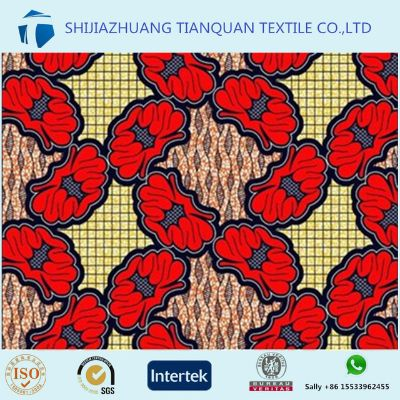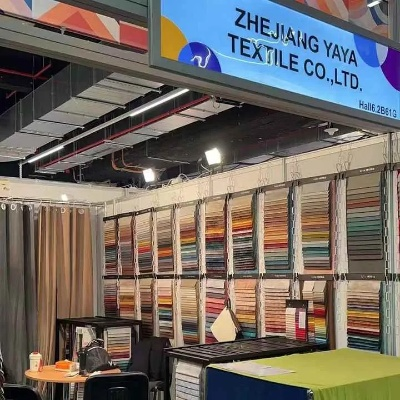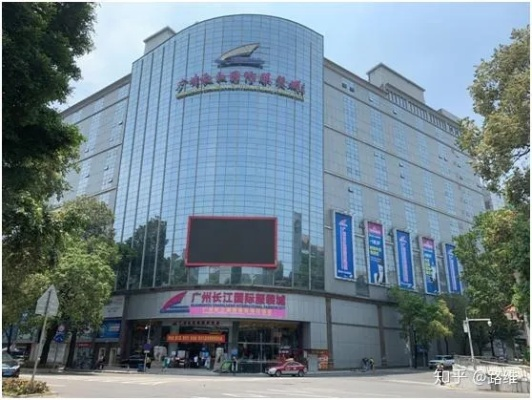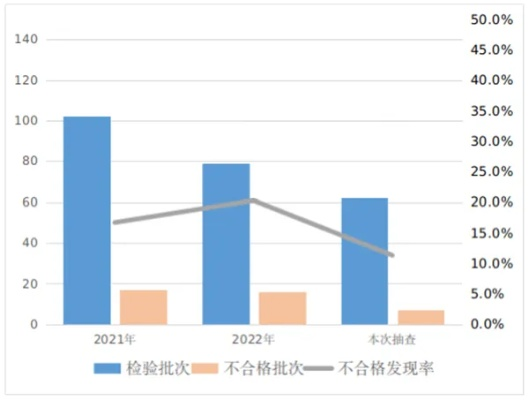Textile Conductive Coatings:Exploring the Future of Wearable Technology
"Textile Conductive Coatings: Exploring the Future of Wearable Technology",In recent years, the field of textile conductive coatings has seen significant advancements in the development of wearable technology. These coatings have revolutionized the way we interact with electronic devices by providing a seamless and comfortable interface for wearable devices. The use of conductive textiles has enabled the creation of innovative products that are both functional and stylish, making them an essential part of our daily lives.,One of the key advantages of these coatings is their ability to provide a high degree of flexibility and breathability, which makes them ideal for use in clothing and accessories. This allows for greater freedom of movement and comfort while also ensuring that the device's performance remains optimal.,Another important aspect of textile conductive coatings is their ability to be customized to meet specific needs and preferences. By incorporating sensors, actuators, and other electronic components into the coating, manufacturers can create personalized wearable devices that cater to the individual needs of each user.,Overall, the future of textile conductive coatings holds great promise for the development of innovative wearable technology that will continue to transform the way we interact with electronic devices. As the demand for these products continues to grow, it is likely that we will see even more exciting advancements in this field in the coming years.
Introduction: Textile conductive coatings have revolutionized the way we perceive clothing. By adding a layer of conductive material to fabric, these coatings provide not only aesthetic appeal but also functional benefits such as enhancing touch sensitivity, improving moisture management, and even offering electromagnetic interference protection. This talk will delve into the science behind textile conductive finishing, explore practical applications in various industries, and highlight some successful case studies that demonstrate how this technology is transforming the fashion world.
Scientific Basis: Textile conductive materials are designed to conduct electricity. These materials typically consist of metal particles embedded in polymer matrices or nanoparticles coated on fabric fibers. When an electrical current flows through the conductive layer, it creates a path for electrons to move, allowing for better performance in electronic devices like smartwatches, sensors, and wearable tech. The choice of materials can significantly affect the conductivity and durability of the finished product.
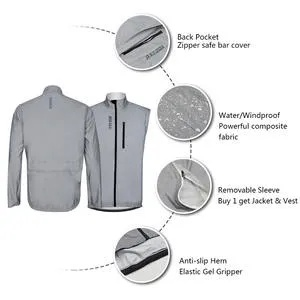
Applications:
-
Smart Textiles: Industries such as apparel and home textiles are increasingly incorporating conductive threads and yarns into their products. These can be used to create smart shirts that monitor heart rate, temperature, or even communicate with smartwatches.
-
Sportswear: In sportswear, conductive materials can enhance performance by providing feedback to athletes during training or competition. For example, Nike's "Flyknit" technology uses conductive yarns that react to sweat and generate data about heart rate and exertion.
-
Medical Applications: Electromedical textiles are being developed for medical use. They can monitor patients' vital signs without needing external wires, making them more comfortable and convenient for wearers.
-
Security: In addition to personal safety, conductive textiles can be used in security applications like bulletproof vests and armor.
Case Studies:
-
Nike FuelBand: Nike's FuelBand is a popular fitness tracker that incorporates conductive yarns into its band. This allows the device to connect wirelessly to smartphones and transmit data about heart rate, steps taken, and calories burned.
-
Levi's Fitted Jacket: This jacket features conductive threads that allow users to control music playback using their smartphone.
-
Apple Watch Series 4: The Apple Watch Series 4 has been equipped with a new generation of electrodes made from carbon-based materials, which offer improved conductivity and faster charging.
Conclusion: The integration of textile conductive coatings into our daily lives is set to continue growing at an exponential pace. From health and wellness to sports and entertainment, this technology promises to revolutionize the way we interact with our surroundings. As research continues to push the boundaries of what's possible, we can expect even more innovative applications to emerge in the future. So stay tuned, as we embark on a journey towards a smarter, more connected world powered by textile conductive technology!
纺织品导电整理工艺概述
纺织品导电整理工艺是一种综合性的技术手段,旨在提高纺织品的导电性能,满足现代电子、电气等领域的需求,该工艺主要包括以下几个关键步骤:材料选择、导电剂添加、整理工艺实施等。
材料选择与导电剂添加
在纺织品导电整理工艺中,首先需要选择合适的导电材料,如金属氧化物、导电纤维等,这些材料能够提供所需的导电性能,同时具有良好的耐久性和环保性,在添加导电剂时,需要严格控制其含量和种类,以确保最终的纺织品具有理想的导电性能。
工艺流程与案例分析
工艺流程:
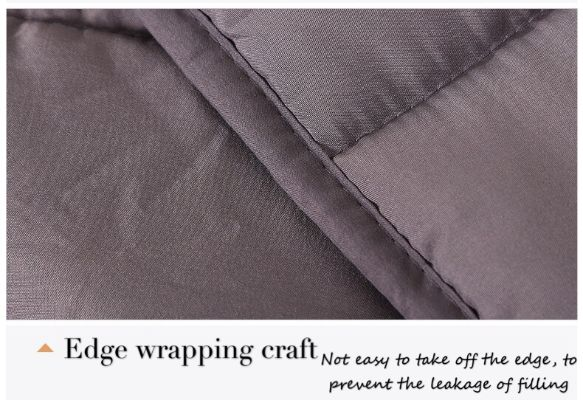
a. 预处理:对纺织品进行清洗、干燥等处理,去除表面的杂质和污染物。
b. 导电剂添加:根据设计要求,将导电剂均匀地添加到纺织品中。
c. 整理工艺实施:采用特定的整理技术,对添加了导电剂的纺织品进行整理,以提高其导电性能。
案例分析:某知名品牌的一款新型导电纺织品,采用了先进的导电整理工艺,该工艺包括以下步骤:选择高质量的导电材料,严格控制导电剂含量;采用特殊的整理技术,如表面处理、涂层处理等;经过严格的测试和验证,该款纺织品具有出色的导电性能和耐久性。
技术应用与优势
技术应用:
a. 新型导电材料的开发与应用:利用先进的材料科学原理,开发出高性能的导电材料。
b. 先进的整理技术:采用纳米技术、电磁屏蔽技术等先进技术,提高整理工艺的效率和效果。
优势:
a. 提高导电性能:通过合理的工艺设计和材料选择,提高纺织品的导电性能。
b. 提高耐久性:采用特殊的整理技术,提高纺织品的耐久性,延长使用寿命。
c. 环保可持续性:采用环保材料和工艺,符合现代环保要求。
未来发展趋势与挑战
随着科技的不断进步和人们对环保、可持续性需求的提高,纺织品导电整理工艺将朝着更加高效、环保、可持续性的方向发展,也需要面对一些新的挑战,如新型导电材料的研发、整理技术的不断创新等。
纺织品导电整理工艺是一种综合性的技术手段,可以提高纺织品的导电性能,满足现代电子、电气等领域的需求,在工艺流程和案例分析中,我们可以看到该工艺的具体实施步骤和注意事项,我们也需要注意未来的发展趋势和挑战,以便更好地应对未来的需求和发展。
Articles related to the knowledge points of this article:
Organizing a Successful Textile Exhibition:A Comprehensive Guide
Exploring the World of Fashionable Textiles with Xin Yue Textiles Live Show
How to Decorate a Household Textile Store for Better Customer Experience
Exploring the World of Bamboo Fabrics at Floral Blooms House Textiles
